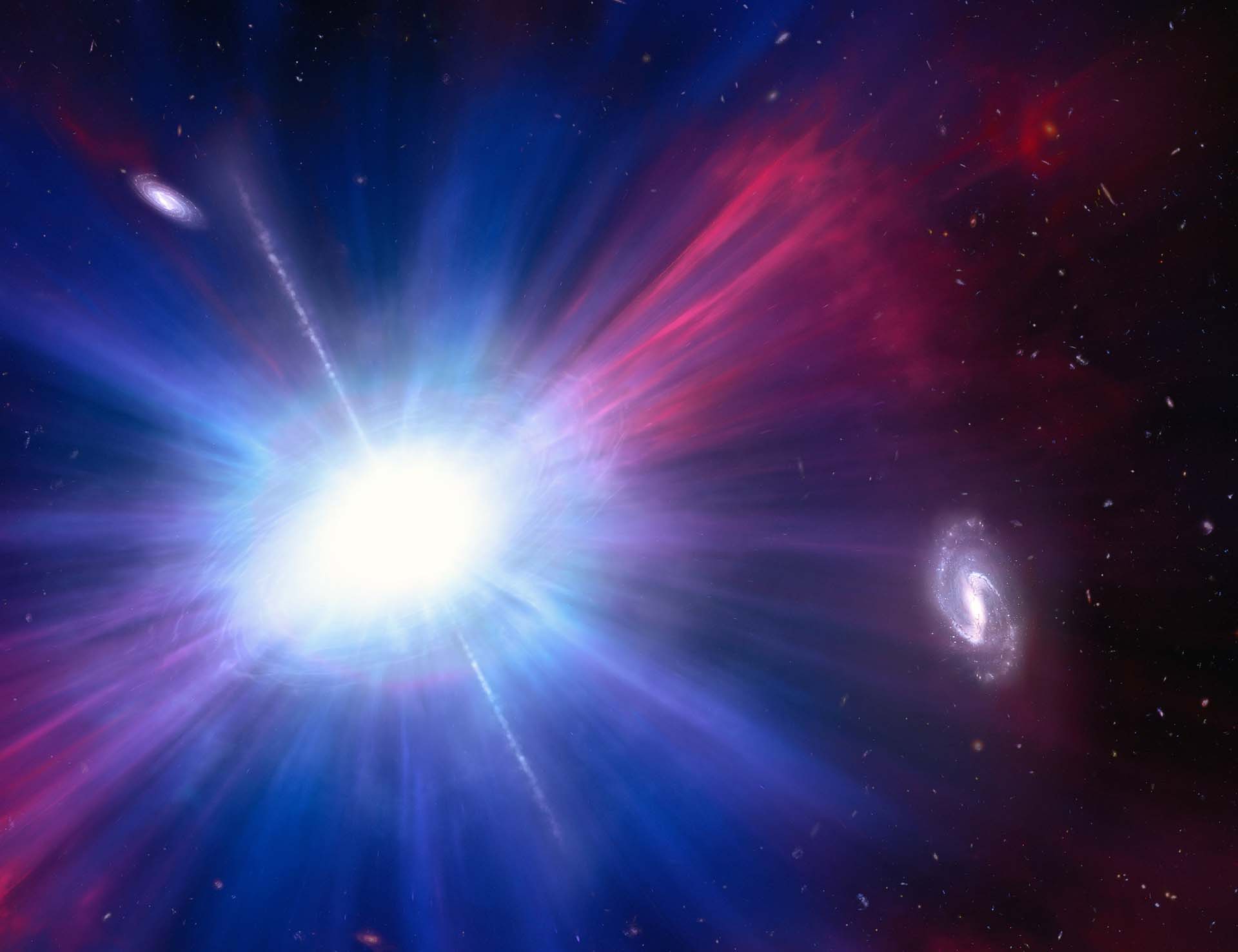NASA’s Hubble Finds Bizarre Explosion in Unexpected Place and Gemini South Captures Cosmic ‘Finch’

A very rare, strange burst of extraordinarily bright light in the universe just got even stranger – thanks to the eagle-eye of NASA’s Hubble Space Telescope.
The phenomenon, called a Luminous Fast Blue Optical Transient (LFBOT), flashed onto the scene where it wasn’t expected to be found, far away from any host galaxy. Only Hubble could pinpoint its location. Designated AT2023fhn and nicknamed “the Finch,” the transitory event showed all the tell-tale characteristics of an LFBOT.
Spectroscopic measurements made with the Gemini South telescope in Chile found that the Finch is a scorching 36,000 degrees Fahrenheit. Gemini also helped determine its distance from Earth so its luminosity could be calculated. Together with data from other observatories including NASA’s Chandra X-ray Observatory and the National Science Foundation’s ground-based Very Large Array radio telescopes, these findings confirmed the explosion was indeed an LFBOT.
Read more on Hubblesite
Read more on the NOIRLab website
